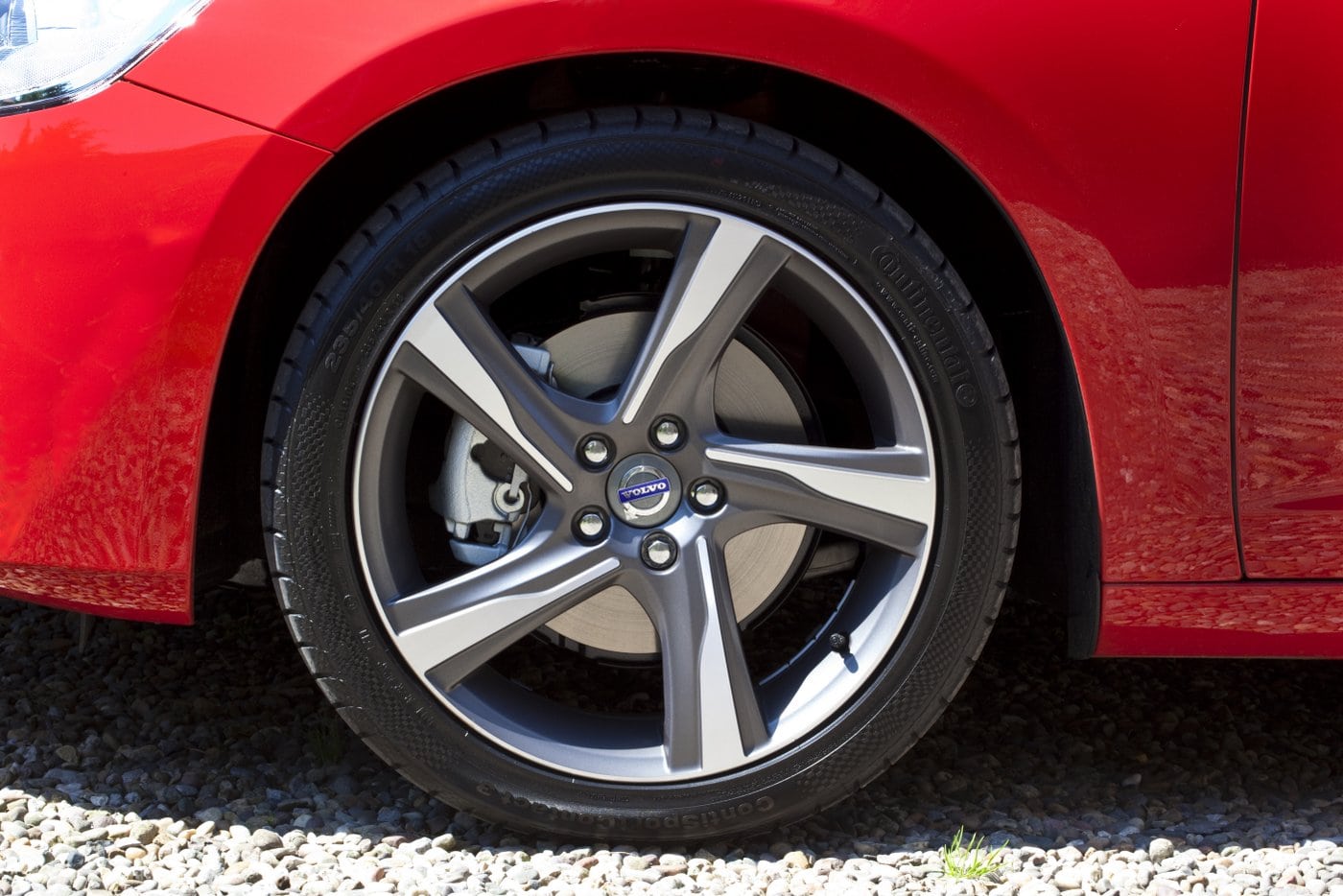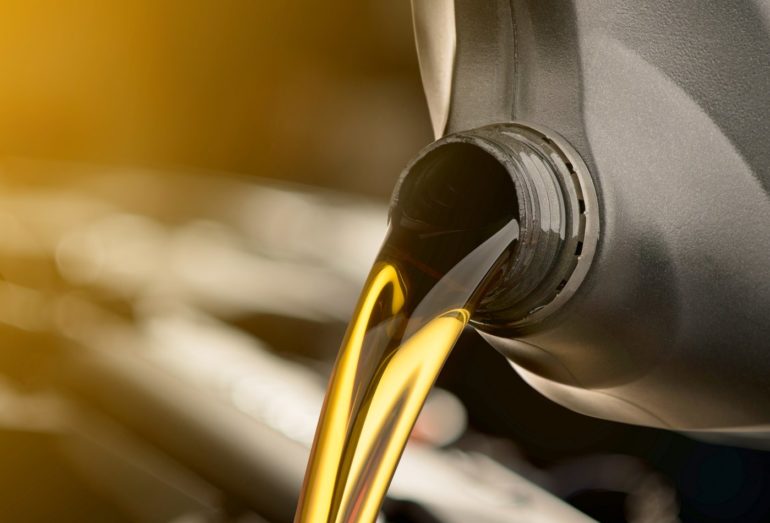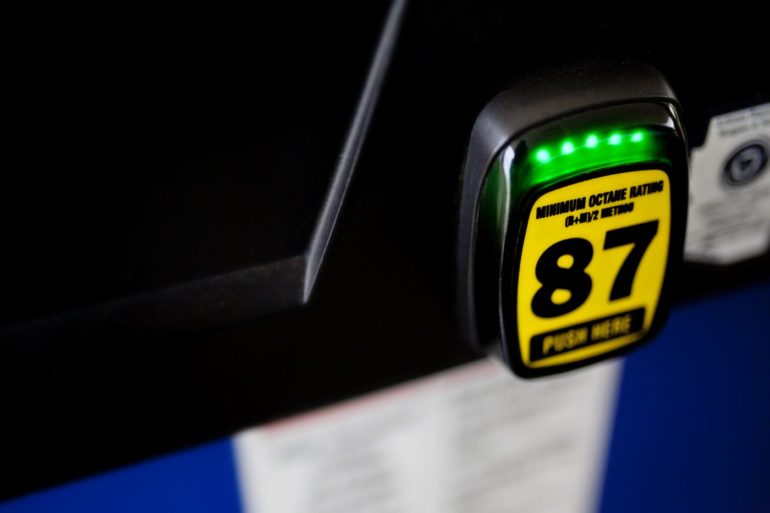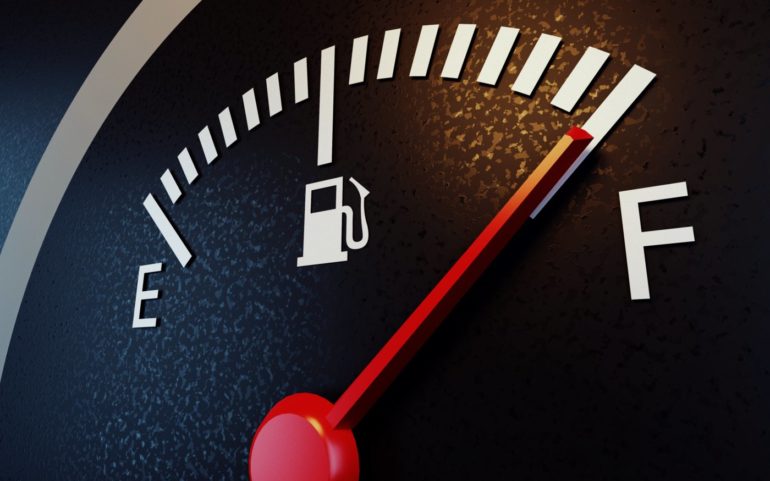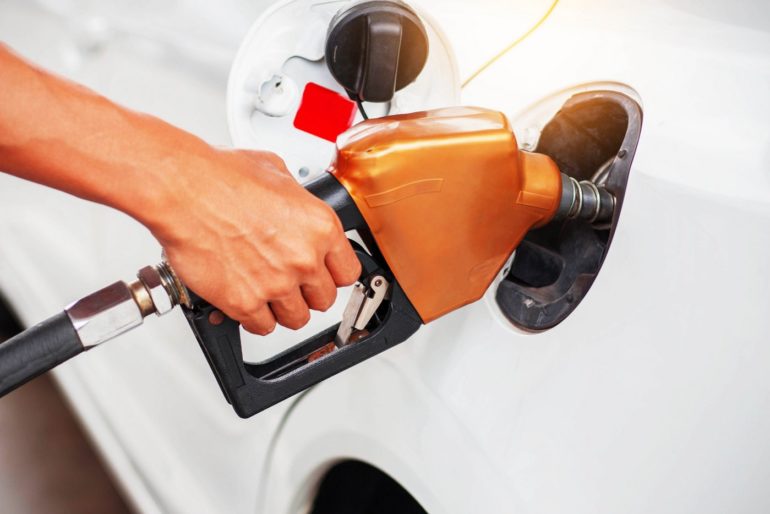Do your brakes need to be replaced? How to tell
If you’re like most people, you probably don’t think too much about what happens when you push on the brake pedal.
When it comes to your brakes, you’re just happy when they keep you from hitting the guy in front of you — the one who slows down randomly because he’s too busy sipping his latte and not paying enough attention to traffic.
Auto maintenance is not particularly interesting to a lot of men and women, and many of us don’t really wonder what goes on under the hood until there’s a problem.
The basics: How brakes work
First, a little bit of braking theory to help you understand why they work, so what you’re looking and listening for makes a little more sense.
There are two basic types of brakes found on modern cars: discs and drums. They both use a bit of friction material that presses against a rotating surface to slow your car.
In the case of disc brakes, these are brake pads that press together to “sandwich” the brake rotor that spins between them. Both do eventually wear out, with pads generally wearing before rotors do. Drum brakes are similar, with brake shoes pushing out against a drum that surrounds them.
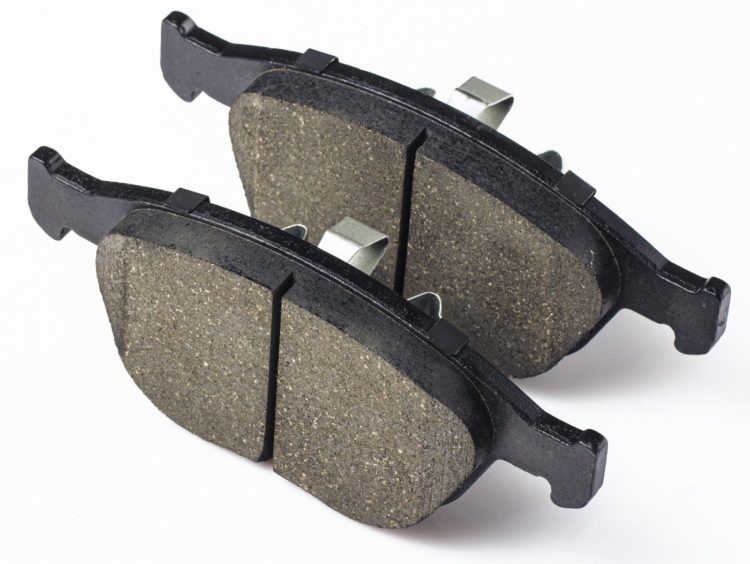
Do your brakes need to be replaced? How to tell
For the most part, almost all modern cars have discs on the front. Some cars have drums in the rear, some have discs.
For the sake of clarity, most of what I am going to talk about in terms of signs and symptoms apply to disc brakes, mainly since your front brakes do about 2/3 of the work, and they will wear out faster and need to be replaced/serviced more often.
This is not to say your rear drums won’t wear out — they will. But it happens less often, and they result in less braking degradation when they do wear, and you can just have them changed along with your fronts to be safe.
If you have a car with discs on all four corners, awesome. You can apply this knowledge to front and rear.
And as always, with any automotive advice, if you’re still not sure, ask a mechanic. I’m just a guy who likes cars and works on his own stuff.
How to tell if your brakes are worn
The two ways to check for wear on your disc brakes are looking and listening.
What to look for? Go out to your car, kneel down next to the wheel, and peer in between the wheel spokes. See that round thing behind there? That’s the brake rotor. (See the photo below for an illustrated guide.)
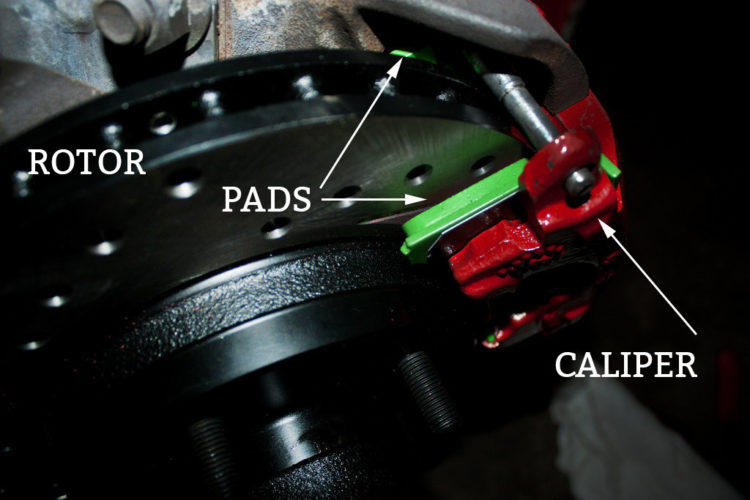
Now look for a big metal thing that looks clamped around it. That’s the brake caliper. Now, peer down inside the caliper. See the thing pressed up against the rotor?
That’s the brake pad. (There’s one on either side of the rotor, but without taking the wheel off, you can only really see the outside one.) That’s okay, they should — and generally do — wear evenly, so what goes for the outside pad goes for the inside pad.
Now, there should beat least 1/4″ of pad. If you see less, make an appointment with your mechanic soon.
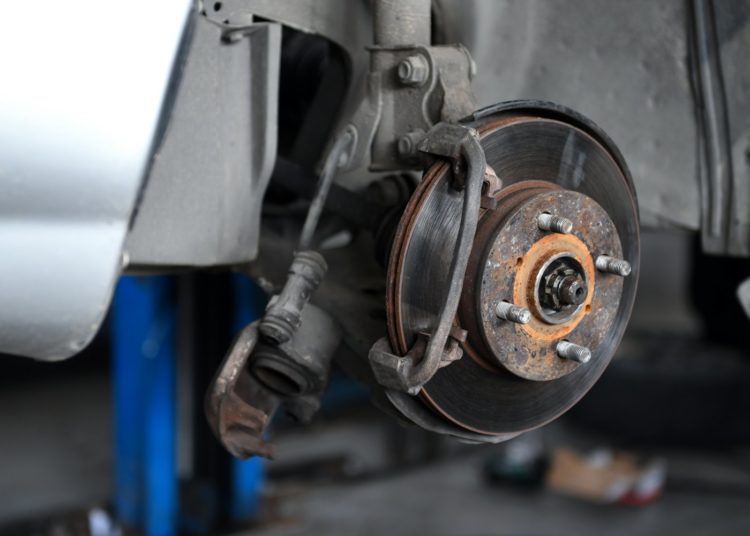
What to listen for? Next time you’re out for a drive, do this: Turn off the radio, turn off the A/C, and roll down your windows. Do you hear a high-pitched screeching sound every time you get on the brakes?
That’s the indicator built into the brake pad, which is a little bit of metal embedded in the pad material. When the pad gets low enough, it rubs against the metal of the rotor, and makes an annoying noise that tells you it’s time to get your brakes done. (You can get more details in this book.)
Note: An exception is if your car has been exposed to water, such as rain or if you recently washed it. This will cause a very fine layer of rust to accumulate on the rotor. This can cause a squeal for your first few stops afterwards until the rust layer wears off. This is normal and if it goes away after 3 to 5 stops, then you’re fine.
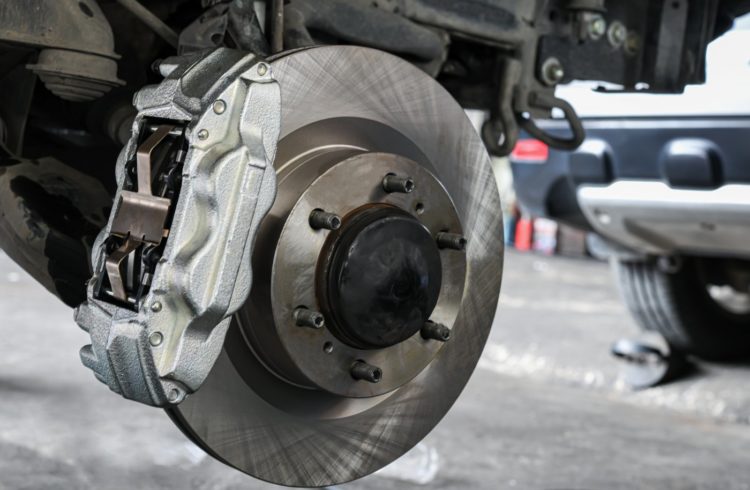
Other signs of problems
If you experience any of the following, you should definitely call your mechanic as soon as possible for an appointment:
Fading or lack of responsiveness: If your brakes don’t seem to have that “bite” they used to, or if the pedal “sinks” toward the floor when you apply a constant pressure, you could have a leak in your brake system. Either air is getting in, or brake fluid is getting out.
Pulling: When you get on the brakes, does your car “pull” to the left or right? Your brakes could be worn unevenly and in need of an adjustment.
Grinding or growling noises: You didn’t pay attention to the indicator noise I talked about above, did you? Grinding/growling noises come from pads that are completely worn out, and the metal backing plate of the pad is now rubbing against the rotor.
Not only is this extremely dangerous, as you have very little stopping power this way, but your rotors will have to be replaced as well. Get to your mechanic ASAP.
Vibration: If your brake pedal is trying to give you a foot massage, you may have warped brake rotors. Rotors can be warped from long periods of sustained, heavy braking, such as driving down a steep mountain or when towing. Bear in mind though, a vibration can also be caused by your car being out of alignment.
Again, if after reading this guide you are still unsure of whether your brakes need to be replaced or not, contact your local mechanic and ask to have them inspected. Many shops will offer you an inspection for free, and others will do it for a small, reasonable fee.
Your brakes are one of the most important safety features of your car, so don’t gamble with them.

